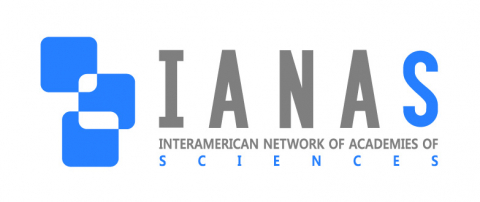This report presents the findings of the third update of our membership census.
It was based on the same five questions that we had used in the last update. The
questionnaire was sent out to all focal points in Oct, 2019. In the absence of a
completely working secretariat, the form was sent by co-Chair Frances Henry directly
with the help of the interim administrator Beatriz Caputto (Academy of Science of
Argentina). Most returns came rather more quickly than in preceding years allowing
for an earlier and quicker analysis and final report.
Most academies increased their overall membership numbers but a few
showed a very slight decline most probably due to local conditions. In a few instances,
especially in the large academies such as the U.S. and Canada, membership
increased and so did their overall proportion of women. Some academies increased
both their numbers and their proportion of women. For example, Venezuela increased
their membership only slightly but their proportion of women increased to nearly 6%.
As in earlier years, there was some movement towards increasing the
proportions of women in the academies but again the overall disparities between men
and women remains. At best, we can hope for a continued movement forwards, but
the existing disparities would require huge new numbers of women members to make
up for the many years in which they were not acknowledged. Developing quota
systems would help reduce the disparities more quickly but are not likely to be
introduced by the academies. (We were given to understand, however, that the U.S.
academy has been considering a quota system to attain parity, but this idea will
probably not be encouraged by the majority of Academies in this region).

